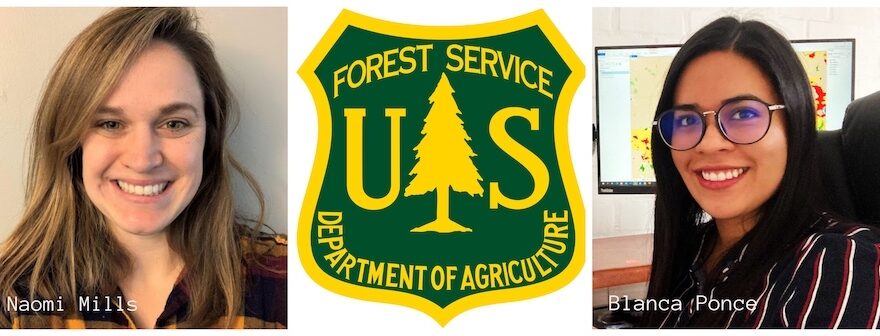Partner profile | US Forest Service International Programs


U.S. Forest Service International Programs promotes sustainable forest management and biodiversity conservation internationally. By linking the skills of the field-based staff of the U.S. Forest Service with partners overseas, the agency can address the world’s most critical forestry issues and concerns—among them, catastrophic wildland fires.
Written by: Jessica Alvarez, Communications & Content Manager
U.S. Forest Service International Programs promotes sustainable forest management and biodiversity conservation internationally. By linking the skills of the field-based staff of the U.S. Forest Service with partners overseas, the agency can address the world’s most critical forestry issues and concerns—among them, catastrophic wildland fires.
Since 2022, Blue Forest has been working with International Programs on a feasibility study to determine if the Forest Resilience Bond model can be successfully deployed to fund a pilot project in Cusco, Peru.
Created by the Forest Service and the U.S. Agency for International Development (USAID), the South America Regional Fire Program works to prevent catastrophic wildland fires in the countries of Peru, Ecuador, Colombia, and Brazil. One of the five components of the program focuses on wildland fire prevention, which includes seeking out innovative financing solutions to fund forest restoration projects that decrease the risk of catastrophic fires.
Over the past year, Blue Forest has engaged with International Programs through the South America Regional Fire Program and has been fortunate to work with Naomi Mills and Blanca Ponce. Naomi Mills is a Missoula Smokejumper Squad Leader, detailed as Social Science Advisor for the Office of International Programs, Latin America, Caribbean and Canada Region. She’s been with the Forest Service since 2008, serving as a smokejumper since 2015 and detailing with International Programs for the past two years. She is based in Montana. Naomi’s “get-the-job-done” attitude, professionalism, and follow-through skills have guided our way over the past year.
Blanca Ponce is a Fire Management Specialist residing in Lima, Peru. As our local contact, Blanca’s knowledge of the physical, social, and political landscapes coupled with her characteristic inquisitiveness have been invaluable as we’ve carried out this study.
While we are still in the early exploration stages of the process, we are incredibly grateful for the opportunity to explore the possibility of developing a pilot in Cusco, Peru that might be replicated in other high-risk areas. “Our hope in working with Blue Forest is that over the next two years we can develop a model that can be used as a success story for this strategy and can be implemented in other priority areas and countries,” said Naomi.
For Blanca, one thing that she is especially enthusiastic about is getting various organizations and stakeholders to work together. “These organizations are already connected, but they all have their own plan and different direction around budget so the goal for this work is to give the possibility to interconnect between the institutions and maybe establish a common goal amongst them.”
“That’s a huge component of our program as a whole,” added Naomi. “To help facilitate that interagency coordination,interoperability and communication, because it’s so key to everything that we do.”
Huge thanks to both for sharing their knowledge and guidance as we work to identify opportunities to expand forest resilience efforts into South America.